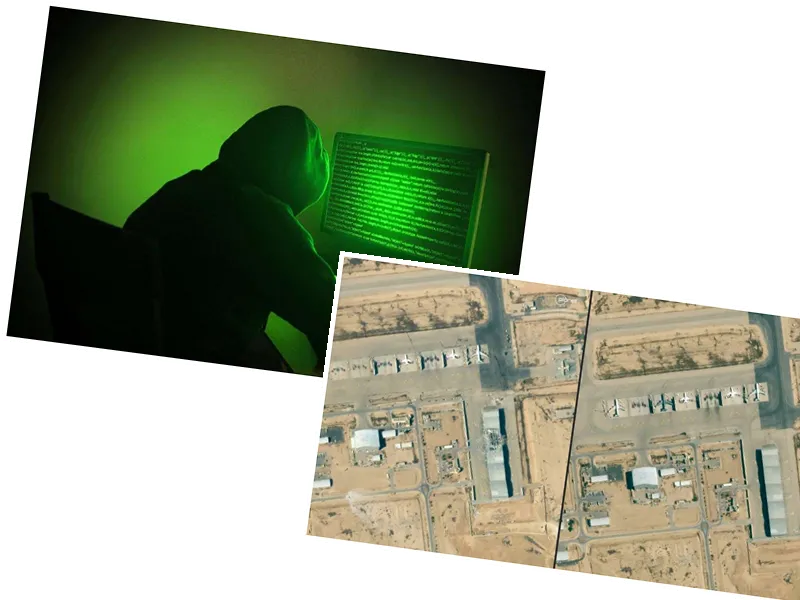Understanding Cybersecurity: A Critical Shield Against Evolving Threats
Cybersecurity, also known as computer security, is essential for protecting software, computers, and networks from a variety of cyber attacks and breaches. The field emerged during the Cold War and has evolved significantly with the rise of the Internet and advanced computer systems. Today, it is a fundamental component of international security, safeguarding individuals, institutions, and nations from threats that can result in data theft, fraud, and even physical damage through manipulation of electronic systems.
The International Telecommunication Union defines cybersecurity as a comprehensive set of tools, policies, and practices designed to protect the cyber environment and its users from associated risks. Similarly, the U.S. Cybersecurity and Infrastructure Security Agency emphasizes the importance of protecting networks, devices, and data from unauthorized access and ensuring the confidentiality, integrity, and availability of information.
The Evolution of Cyber Threats and Defense Mechanisms
The landscape of cyber threats has become increasingly complex, with various forms of attacks such as malware, ransomware, and phishing becoming more sophisticated. Cybersecurity professionals play a crucial role in developing and implementing strategies to protect organizations from these threats. They assess risks, educate employees on best practices, and deploy advanced technologies like machine learning and encryption to create layers of defense.
Notable cyber attacks in history, such as the Stuxnet virus targeting Iran's nuclear facilities and the massive data breach at Yahoo, highlight the critical need for robust cybersecurity measures. As organizations increasingly rely on digital infrastructures, they must remain vigilant against evolving threats, including those posed by artificial intelligence and the Internet of Things (IoT). The ongoing battle against cybercrime underscores the necessity of investing in cybersecurity to safeguard sensitive information and maintain operational integrity.






